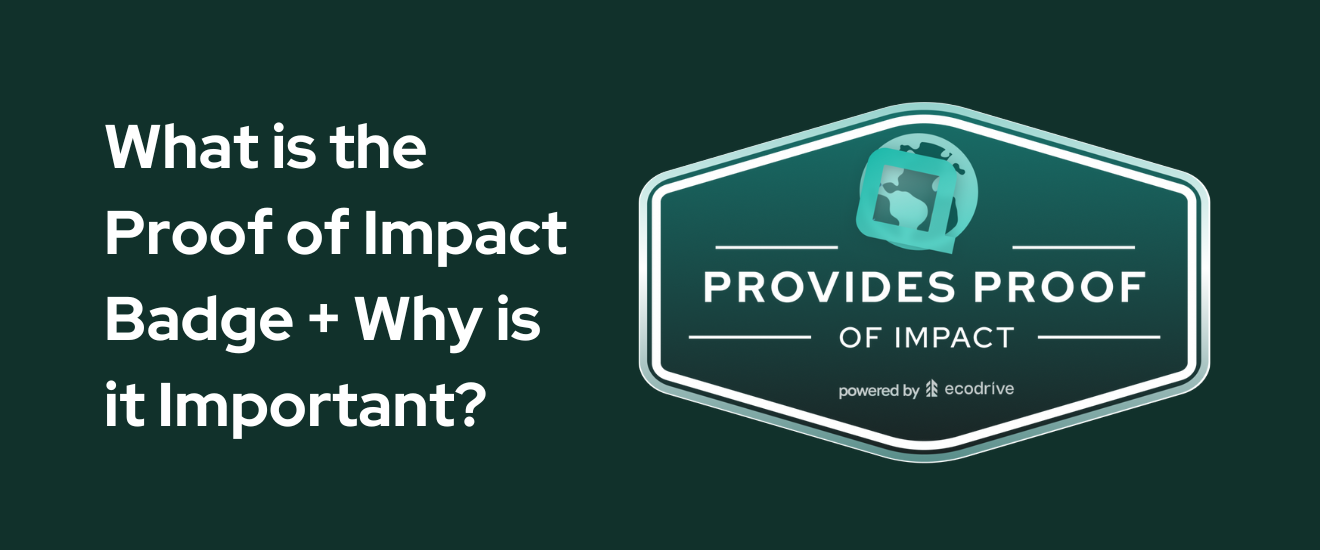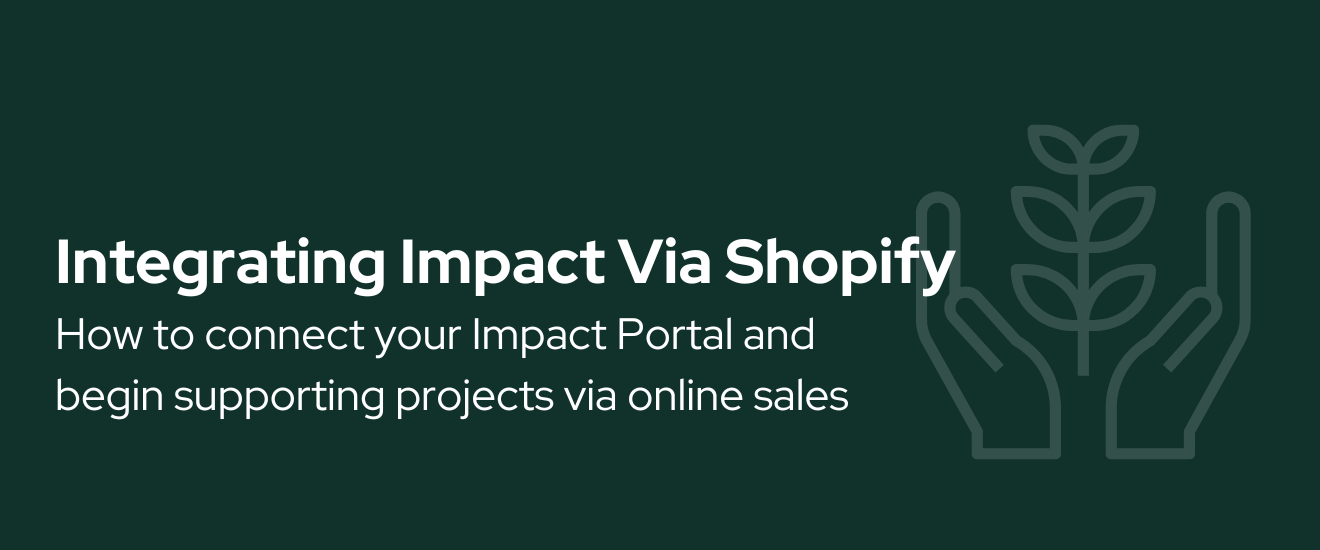10 Marketing Tactics That Build Loyalty Through Environmental Impact
A practical guide to communicating your sustainability efforts to truly connect with customers
As consumers become more socially and environmentally conscious, brands that connect purpose with product are building deeper, longer-lasting relationships. Environmental impact is no longer a side campaign—it’s a loyalty driver.
Below are 10 in-depth marketing tactics that combine sustainability with strategy to keep customers coming back.
1. Make Sustainability Part of Your Core Brand Message
Environmental messaging shouldn’t be an afterthought. Brands that build purpose into their identity tend to resonate more deeply with customers—especially Millennials and Gen Z, who increasingly support businesses with shared values.
According to a 2023 Deloitte study, 55% of Gen Z and 54% of Millennials said they research a company’s environmental impact before buying. Instead of tucking sustainability away in a blog post or footer, place it front and center on your homepage, product pages, and in your About section.
Patagonia’s homepage, for example, leads with climate action rather than products. The more integrated your values are into your brand, the more authentic and sticky your message becomes.
2. Link Every Purchase to Real-World Change
One of the simplest and most effective ways to build loyalty is by making impact tangible. Instead of offering a generic discount, connect each sale to a verifiable environmental outcome—like planting a tree, removing a pound of plastic, or restoring a square meter of kelp forest.
This gives customers a sense of agency and contribution.
Tools like Ecodrive allow businesses to embed verified actions directly into the purchase journey. Research from IBM and the NRF shows that over 70% of purpose-driven consumers are willing to pay more for brands that are sustainable and transparent about their impact.
Giveback models like these turn ordinary purchases into something more meaningful.
3. Use Post-Purchase Emails to Show Impact
Post-purchase is one of the most underutilized touchpoints for building loyalty. Rather than sending a standard receipt or “thanks for your order” email, brands can use this moment to show the real-world impact the customer made.
Did they fund tree planting in Michigan? Remove ocean plastic off the coast of Bali? Share that story, along with a photo or stat.
Platforms like Ecodrive let customers see where their impact happened and track their lifetime contributions.
This creates a sense of follow-through and keeps your brand top of mind long after checkout—paving the way for future purchases and advocacy.
4. Gamify Sustainability with Badges and Milestones
People love tracking progress—especially when it makes them feel good. Loyalty programs have long relied on gamification tactics like points and badges. Now, imagine doing the same for environmental impact.
Brands can reward customers for hitting key milestones: 10 trees planted, 50 pounds of plastic removed, etc. These can be showcased in personal dashboards, community leaderboards, or via sharable digital badges.
When customers feel like they're part of a collective impact journey, they stay more engaged. This not only improves retention but also builds positive brand associations. Better yet, it’s free to implement with the right backend tools and verification partners.
5. Tell Stories, Not Just Stats
Numbers are important, but stories stick.
While it's impressive to share “100,000 trees planted,” it's more powerful to show where, how, and who those trees are helping. Content that connects your environmental efforts to real people or places tends to perform better and build emotional loyalty.
For example, a short story about how reforestation in Kenya is protecting biodiversity and creating local jobs will resonate more than a carbon offset figure.
Consider writing monthly blog posts, doing Instagram takeovers from project sites, or collaborating with impact partners to share updates. Use visuals, quotes, and first-person narratives to bring the story to life.
6. Incorporate Impact Messaging Into Packaging
Your packaging is a physical touchpoint with every customer—and a prime opportunity to reinforce your values.
A simple message like “This order planted a tree in Oregon” or a QR code linking to an impact map turns unboxing into a storytelling moment.
According to a 2022 McKinsey study, 60% of consumers say sustainable packaging influences their purchasing decisions.
Beyond environmental benefits, adding impact messaging can boost brand perception, spark social shares, and reinforce the idea that your product stands for more than profit.
Brands like Allbirds and Seed do this well, using every inch of packaging to tell their sustainability story.
7. Host Community Impact Days or Matching Events
Loyalty doesn’t just come from what customers buy—it comes from what they’re part of. Hosting an impact day (e.g., “Double Impact Friday,” where every purchase plants two trees instead of one) builds urgency and community momentum.
You can also match customer contributions toward a larger project goal, like restoring a kelp forest or cleaning a local beach.
Events like these encourage repeat purchases, increase average order value, and make customers feel like they're contributing to something bigger.
Brands that engage their communities around action often see stronger word-of-mouth and greater long-term retention.
8. Let Customers Vote on Impact Projects
Want to deepen the relationship with your customers? Let them decide where your impact goes.
Crowdsourcing your environmental efforts—like voting on whether the next reforestation project happens in Florida or Haiti—gives customers a sense of ownership.
It also increases engagement and email open rates. Brands using this strategy often see higher lifetime value (LTV), because customers feel like co-creators rather than just buyers.
Tools like Typeform or Instagram polls make this process simple to integrate into your regular marketing cycle. And if you're using a partner like Ecodrive, project flexibility and storytelling support is often built in.
9. Personalize the Impact Experience
Just like personalized product recommendations drive more conversions, personalized impact messaging drives more emotional connection.
Create customer dashboards that show exactly what their purchases have achieved—how many trees they’ve planted, where their plastic cleanup occurred, and what it all adds up to.
This kind of experience can live on your site, in emails, or through links shared in packaging or loyalty programs. Shopify merchants, for example, can embed this easily through Ecodrive’s integrations.
A personalized impact experience boosts customer satisfaction and makes your sustainability initiatives feel real and measurable to each individual user.
10. Collaborate with Other Mission-Driven Brands
Sustainability is stronger together. Cross-promotion with other brands aligned around environmental impact is a powerful loyalty play. It expands your reach, improves credibility, and gives customers a sense that they’re part of a bigger movement.
You might co-host a giveaway, release a limited-edition product, or join forces on a campaign like Ecodrive’s Clean Ocean Cohort—a collective of brands that remove ocean plastic with every sale during Plastic Free July.
When your customers see you working with others to create positive change, it enhances trust and builds long-term affinity.
Final Thoughts
Loyalty is no longer just about convenience or price. It's about purpose. Brands that make their environmental impact visible, measurable, and emotionally resonant are better positioned to attract and retain customers in 2025 and beyond.
Whether you're planting trees, pulling plastic, or restoring kelp, the key is integrating that story into your marketing in a way that’s clear, credible, and compelling.












